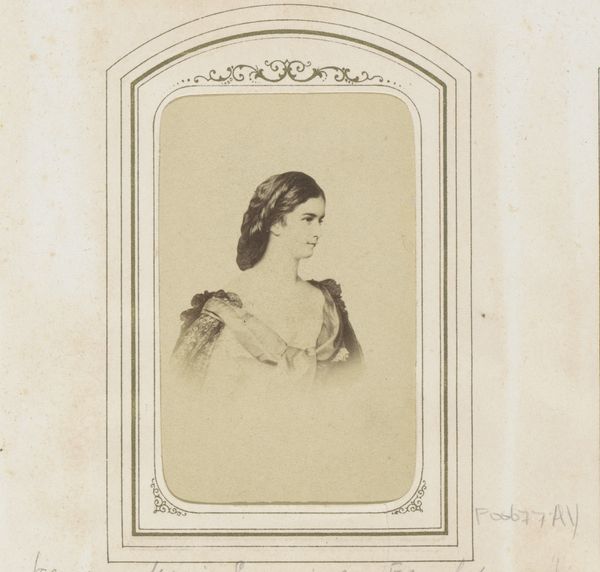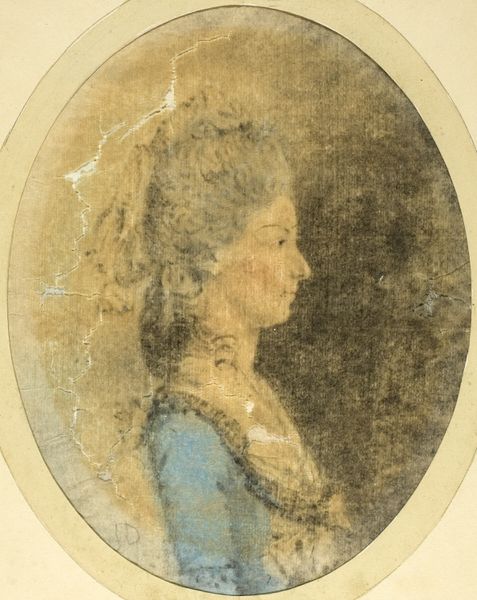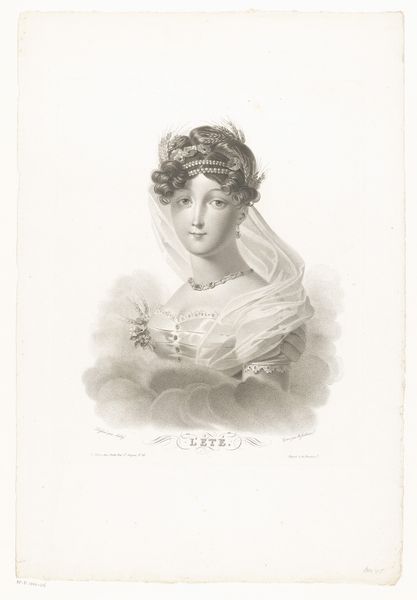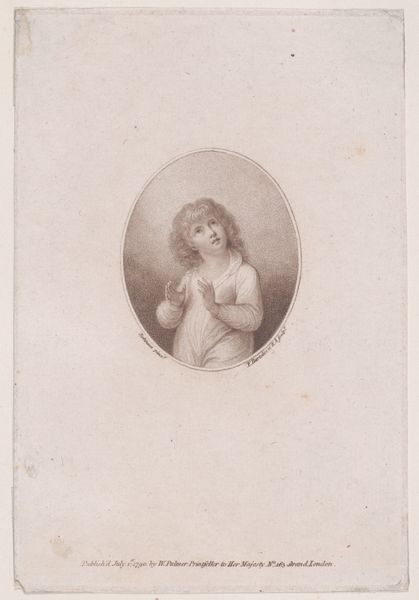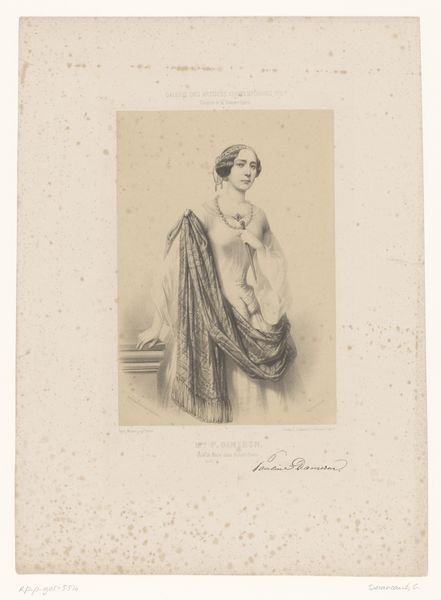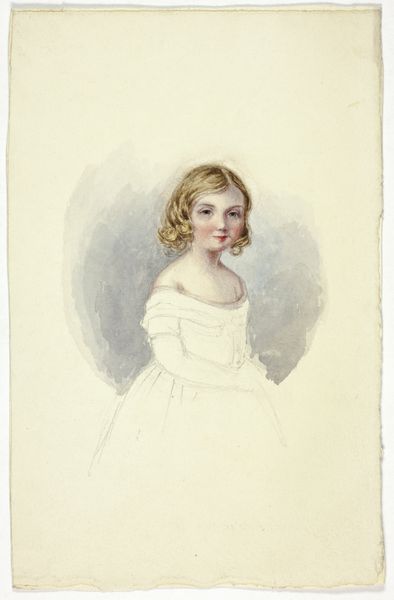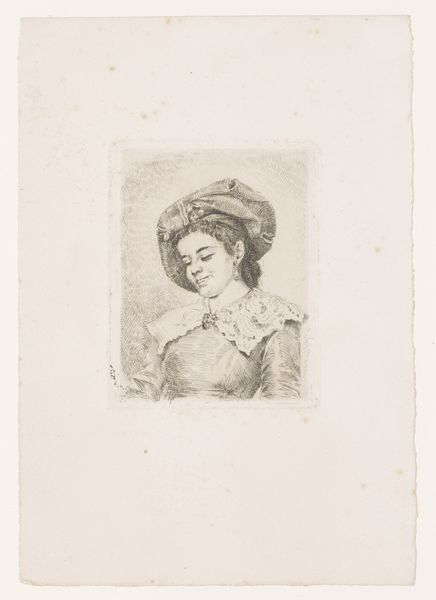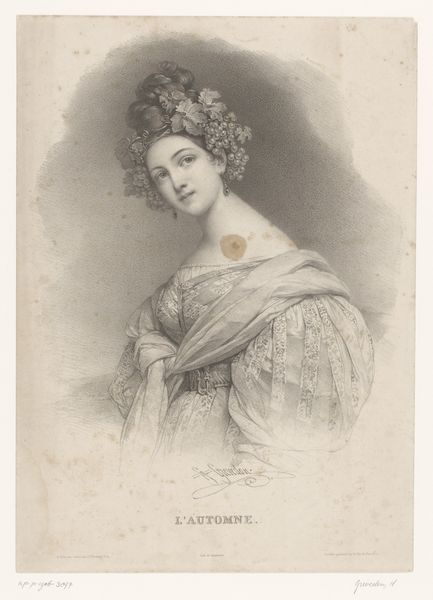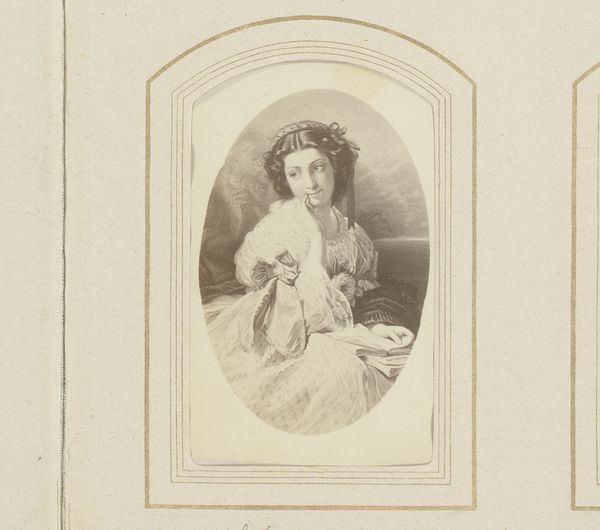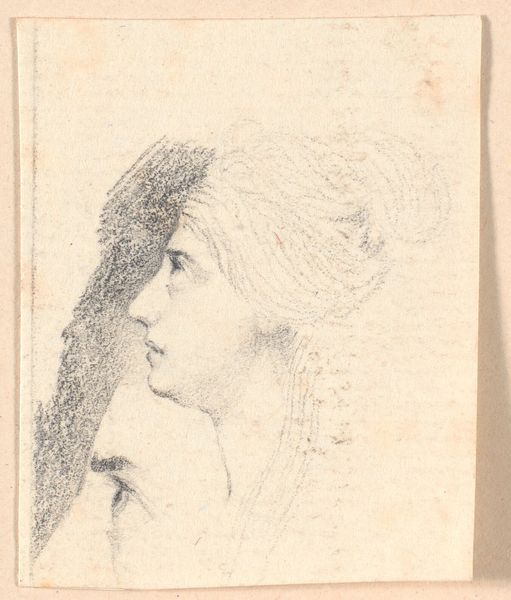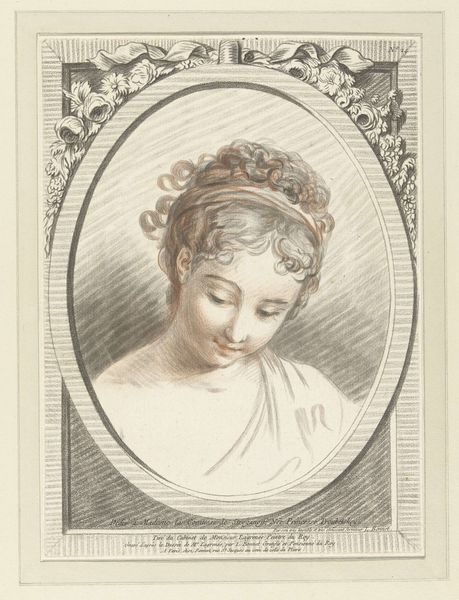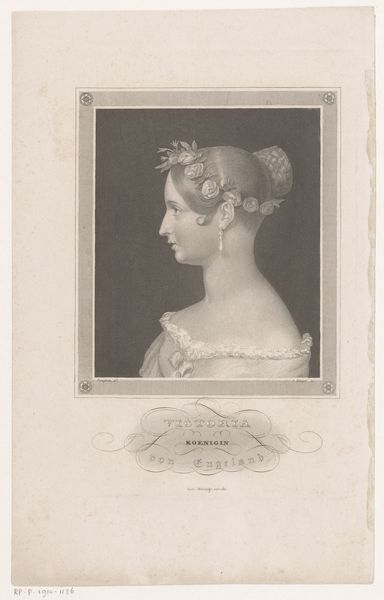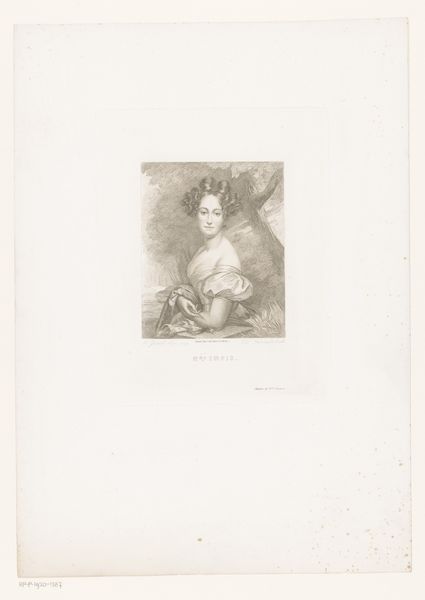
drawing, gouache, watercolor
#
portrait
#
drawing
#
gouache
#
watercolor
#
watercolor
Copyright: Public Domain
Curator: This delicate portrait, held here at the Städel Museum, is titled "Brustbild einer Dame mit Schleier," or "Bust of a Lady with a Veil" and it’s the work of Karl Joseph Aloys Agricola. He used watercolor, gouache, and drawing to compose it. The date isn't noted in our records. Editor: It’s interesting that the woman in the portrait almost fades into the background. Despite the framing, her delicate complexion and light-colored veil and shawl create an incredibly muted effect. It communicates such a distinct feeling of, perhaps, isolation? Curator: Indeed, her semi-translucent veil functions symbolically to hint at the concealment of identity, which could be considered linked to femininity. Agricola’s work often featured fashionable ladies; perhaps this portrait reveals a societal commentary on their roles? What visual cues are at play here? Editor: Looking at the overall presentation, she seems a bit trapped within that heavy border. It emphasizes a separation, a controlled viewing experience, typical for portraiture intended to signal class. And there is an unsettling conformity—an apparent standard of beauty on display. Curator: Conformity of beauty, yes, which leads me to reflect on similar artistic traditions that capture faces throughout art history. Images, particularly faces, possess enormous emotional power. This piece certainly triggers feelings of vulnerability, and perhaps a restrained melancholia? Editor: Precisely, but what were the socio-political pressures dictating such an aesthetic, this controlled, almost mournful expression? The romanticized ideal veils something. We must explore further than her appearance, considering social contexts and challenges faced by women during the time, reflected in such portraits. Curator: A veiled portrait then serves as a potent signifier of a hidden narrative, wouldn’t you agree? And it allows the image to live far beyond its immediate setting. The use of gouache allows that dreaminess in its visual language to live on across eras, connecting different experiences through feelings. Editor: A point well-taken. Today, it asks important questions: how have the restrictive and sometimes sexist standards shifted or not, and who decides whose images receive attention within institutions? Curator: It highlights the significance of keeping dialogue alive about how representation reflects and shapes collective memory through art, making seemingly quiet pieces loudly speak! Editor: I agree completely. It is a small watercolor, yet prompts expansive dialogues on historical power and representation. It echoes even now.
Comments
No comments
Be the first to comment and join the conversation on the ultimate creative platform.
